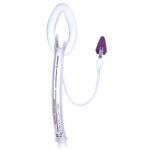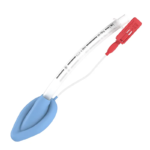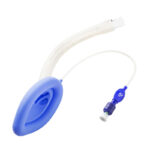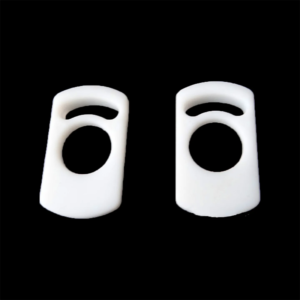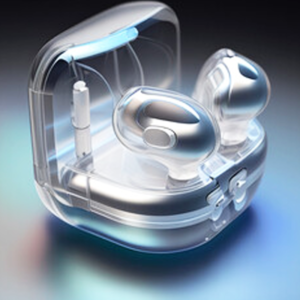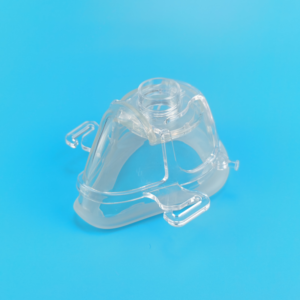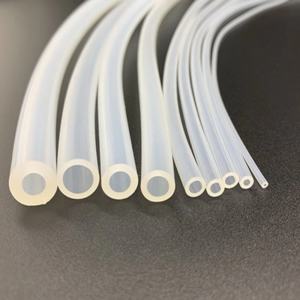Overview
The Laryngeal Mask is one of the important medical devices to protect the patient’s airway. It can assist in stabilizing pipes and antibacterial.Silicone Laryngeal Mask is made of 100% medical grade silicone rubber, which is highly biocompatible and is one of the important medical devices for establishing sterile breathing passages.
- Inflatable Cuff: One of the key components is the inflatable cuff, which is designed to seal the laryngeal mask in place and prevent air leakage during ventilation. The silicone rubber cuff is inflated to create an airtight seal.
- Mask Body: The mask body is a soft and flexible silicone rubber component that conforms to the patient’s anatomy, providing a comfortable and secure fit. It is designed to prevent airway obstruction and ensure proper ventilation.
- Connector Tube: Some laryngeal masks include a silicone rubber connector tube that connects the mask to the breathing circuit. This tube allows for the passage of air and anesthetic gases.
- Pilot Balloon: Many laryngeal masks feature a pilot balloon made of silicone rubber. This balloon is used to inflate and deflate the cuff, allowing medical professionals to monitor and adjust the mask’s position.
![]()
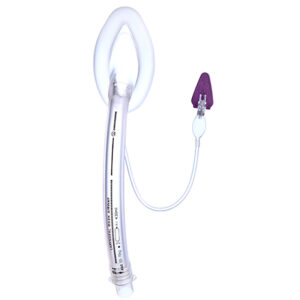
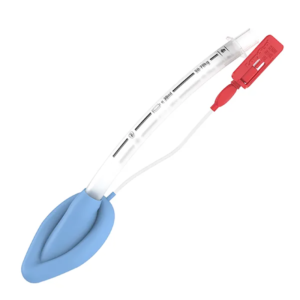
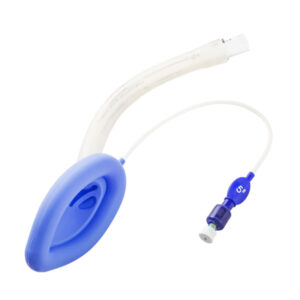
Applications:
The applications of laryngeal mask silicone rubber components primarily focus on the medical field, particularly in anesthesia and airway management. Here are some key applications of laryngeal mask silicone rubber components:
- Anesthetic Surgery: Laryngeal masks are commonly used airway devices in anesthetic surgeries. Silicone rubber components are used to create an airtight seal, ensuring adequate ventilation for the patient during surgery to support anesthesia.
- Emergency and Resuscitation: Laryngeal masks can be employed in emergency situations and cardiopulmonary resuscitation (CPR) scenarios to rapidly establish an open airway, deliver oxygen, and ensure effective breathing for the patient. Silicone rubber components help maintain airway patency and facilitate effective ventilation.
- General Anesthesia: During general anesthesia procedures, laryngeal masks are used to maintain the patient’s airway, making it easier for anesthesiologists to manage ventilation and respiration.
- Pediatric Anesthesia: Due to their softness and adaptability, laryngeal mask silicone rubber components are particularly useful in pediatric anesthesia. They provide a more snug and comfortable airway management, suitable for pediatric patients.
- Allergic Reactions and Respiratory Distress: Laryngeal masks can be used to ensure that patients receive sufficient oxygen and ventilation in situations that may lead to severe allergic reactions or respiratory distress.
- Airway Humidification Therapy: Laryngeal masks can also be used in conjunction with humidification therapy devices to deliver humidified air or medications to the patient’s airway.
- Intensive Care and Post-Anesthesia Recovery: In intensive care units and post-anesthesia recovery rooms, laryngeal mask silicone rubber components are used for airway management, ensuring patients receive proper ventilation and observation after surgery.



